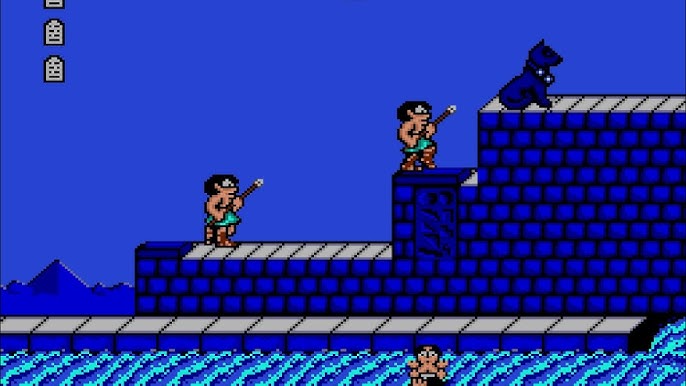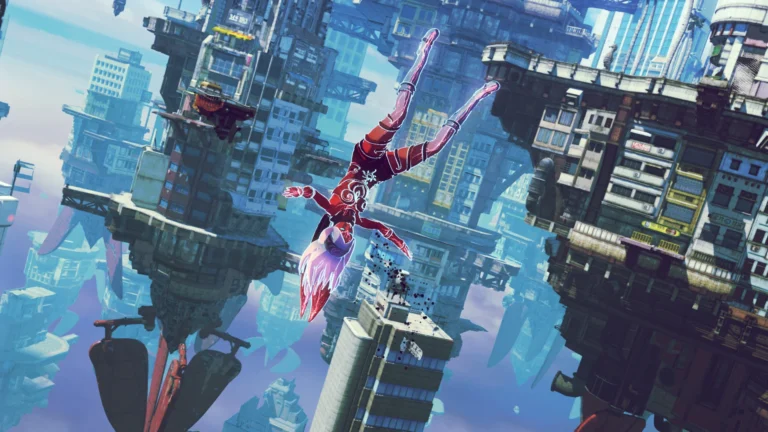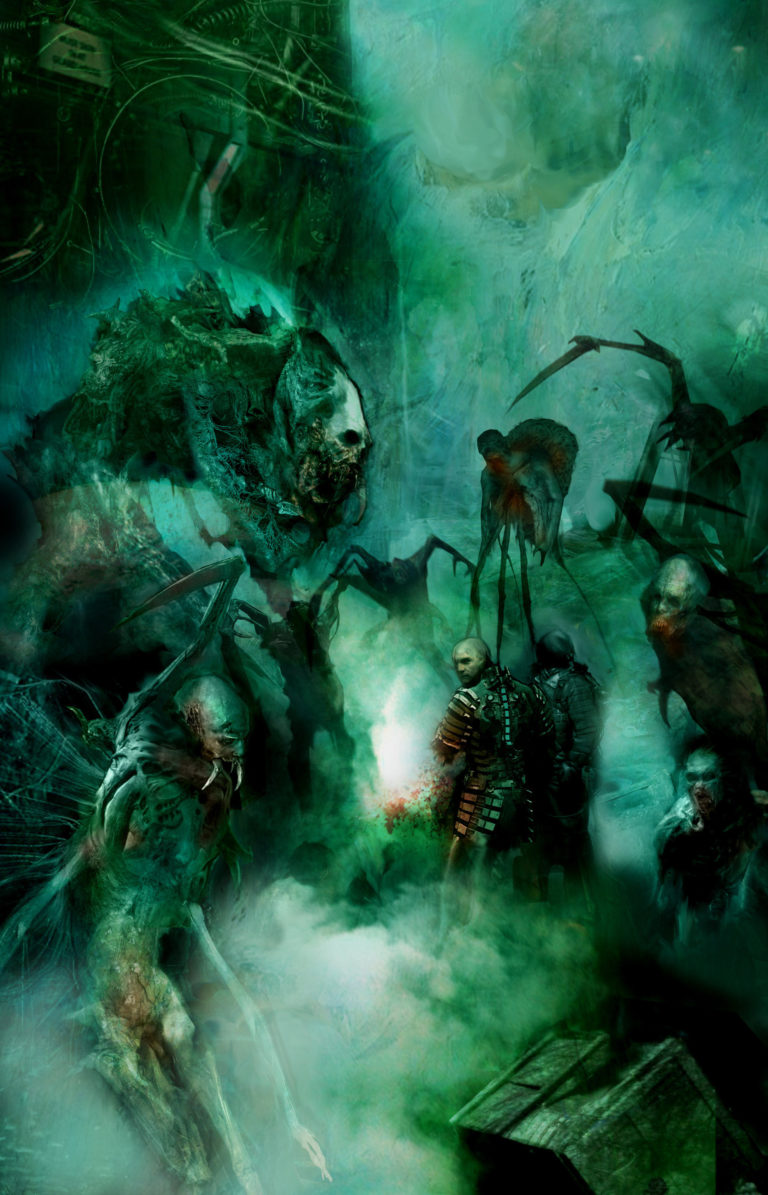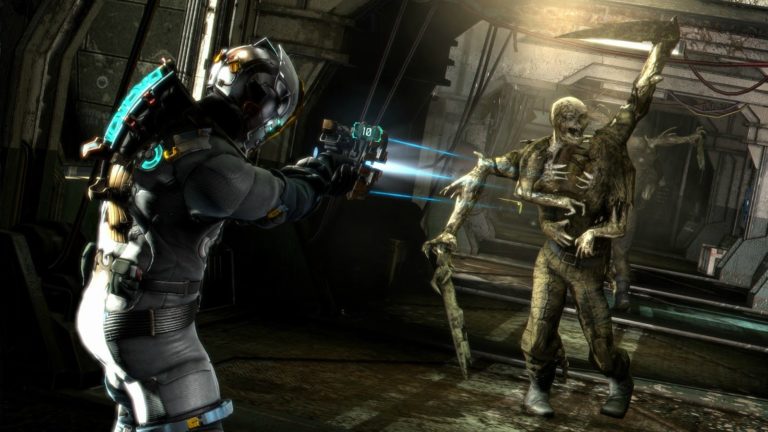So, since I went through my top 100 games of all-time, I thought it might be interesting...
dead space
25. Star Wars: Knights of the Old Republic (2003, PC) Knights of the Old Republic has some...
50. Demolition Racer (1999, PS1) A childhood classic, Demolition Racer is what it sounds like: combine demolition...
Lately, I’ve been seeing people on social media posting Topsters lists of their favourite video games, which...
From the very beginning Dead Space was conceived as a multi-media franchise. To that end it managed...
Man, I was being nice to this game back when I wrote my original review of it....
Welcome back to the next entry in the Dead Space Love/Hate series. Today we’re going to be...
For the second entry in the Dead Space Love/Hate series, we have Dead Space: Extraction, the shockingly...
Dead Space is one of my favourite video game franchises. It’s like it’s made to appeal to...
I was struck with a bit of good fortune this week: a couple months ago it occurred...









